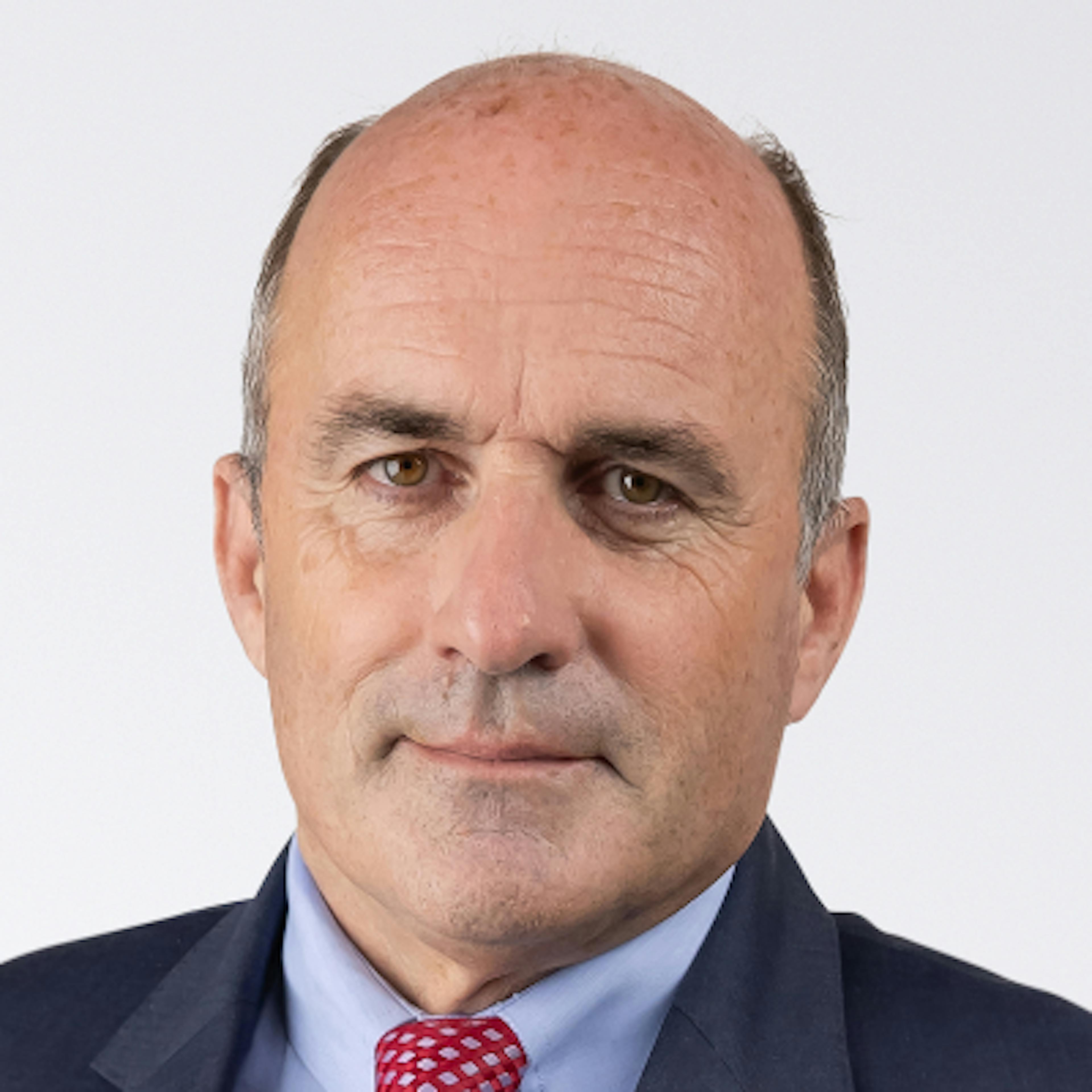
Will August’s turbulence give way to a Goldilocks economy?
Carmignac’s Note
It was an eventful summer, that eventually gave rise to a promising outlook. The yen carry trade came to an end, and the US Federal Reserve (Fed) both acknowledged that the country’s economy is slowing and threw its weight behind monetary stimulus.
This summer was a turbulent one for equity markets. Weaker-than-expected GDP growth in the US alerted investors to the fact that US stocks may have been overpriced. This was soon confirmed by companies’ Q2 earnings releases, prompting slight downwards revisions to earnings growth forecasts for H2. In particular, cautious statements from artificial-intelligence heavyweights made investors worry that they may have pushed those stock prices up a little too high, too fast. Meanwhile, with Joe Biden out of the race to become the next US president, the election became harder to predict and supply-side policies to bolster economic growth became less likely. Elsewhere in the world, geopolitical tensions remained high in the Middle East, and Beijing continued to frustrate investors with its apparent reluctance to take steps to counter China’s economic slowdown. The Bank of Japan confirmed its intention to tighten monetary policy with a rate hike in July.
The higher Japanese interest rates played a major role in the equity market correction this summer, because they effectively put an end to the yen carry trade. For more than 10 years, this strategy saw investors take advantage of the yen’s structural weakness (caused by the country’s zero interest rates) to borrow money in yen and invest it in other currencies and assets expected to offer a higher return. This carry trade had been supplying liquidity to financial markets for years. But after the rate hike, the yen appreciated 10% in the space of just a few days, causing investors to rapidly unwind their positions.
The most notable corrections occurred in the Mexican peso – one of the biggest beneficiaries of the carry trade – and in stock markets, which in many cases dropped between 10% and 15%. The Japanese banking index lost 17% in a single day, but without any real contagion to vulnerable markets. Fixed income markets were unfazed. Strangely, however, the US stock-market volatility index experienced its third-sharpest jump, after 2008 (following the collapse of Lehman Brothers) and 2020 (owing to Covid worries). We would be wise to keep this spike in mind, even though it may have escaped the attention of vacationers who unplugged over the summer and were subsequently misled by the swift rebound in stock prices in the first part of August.
The biggest takeaway from this summer can be found in the synchronised decline in US interest rates, inflation, the US dollar, and oil prices, which clearly indicates investors are expecting an economic slowdown, at least in the US.
The Fed has taken note and announced that in September, it will enact its first rate cut since March 2020. The central bank also said it believes US inflation is now under control and will focus its efforts on maintaining full employment. In addition to a highly accommodative Fed, financial markets could get a boost from: a slowing US economy (although any slowdown would be limited by the stimulus measures that are likely to follow the pre-election demagoguery); lower long-term bond yields resulting from a decline in short-term yields; a weaker dollar, owing to the faster monetary policy easing in the US than elsewhere; and sliding oil prices on the back of China’s continued slowdown and moves by OPEC to loosen its grip on production. These factors would give rise to a goldilocks economy and lift the prices of financial assets. What’s more, the combination of a weak dollar, lower interest rates, and falling oil prices would sow the seeds of a rebound in global GDP growth, alongside the slowdown that’s taking shape in the US.
Given the healthy debt level of households and businesses, it’s unlikely that an economic slowdown would trigger a financial crisis and subsequent recession. But we could see more bouts of volatility. The encouraging scenario we’ve described is possible thanks to ongoing disinflation, but its materialisation will depend on whether the US economy is robust enough to fuel spending by the middle class – spending that has already shown signs of faltering.
Related articles

2024 Recap: 10 facts that tell a story


